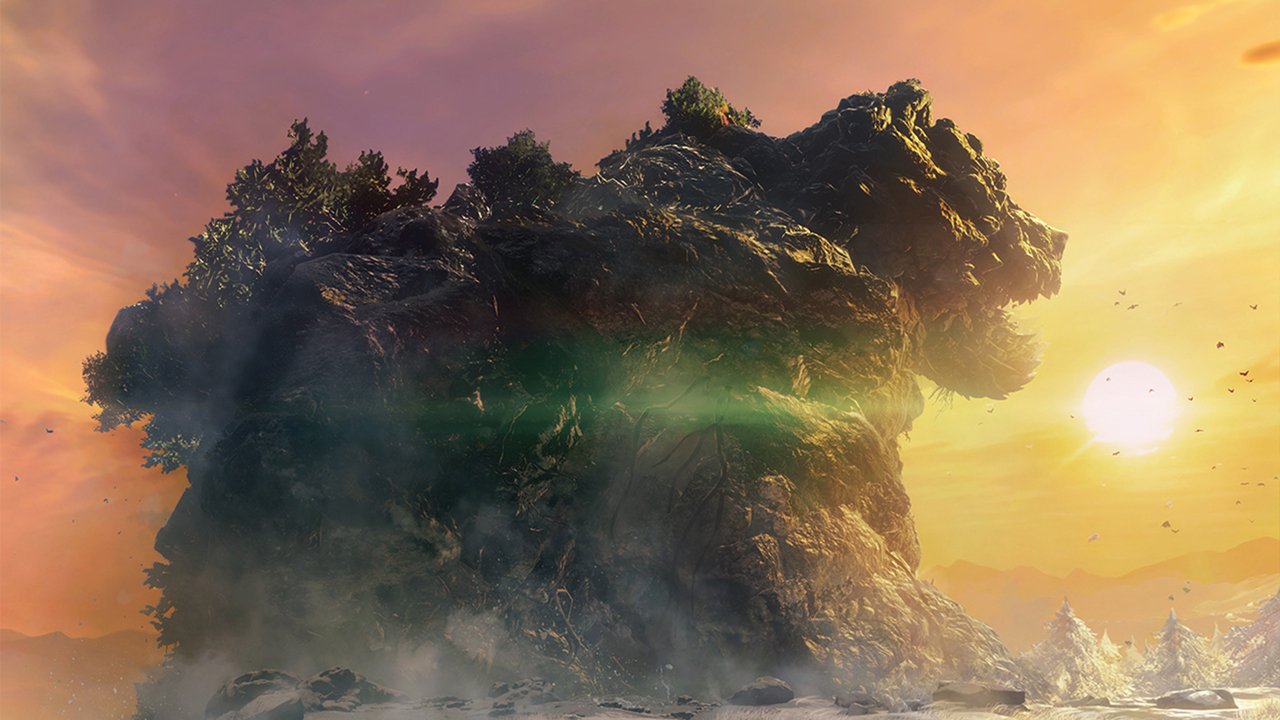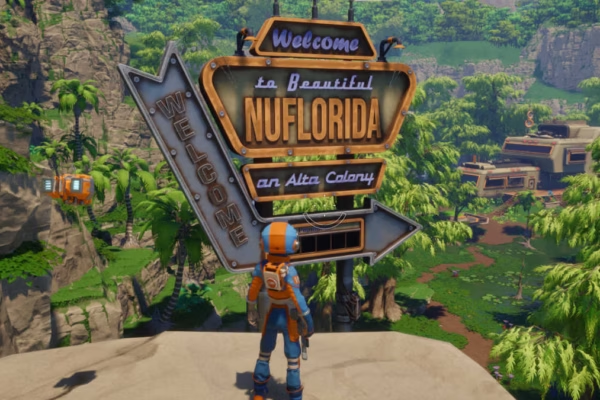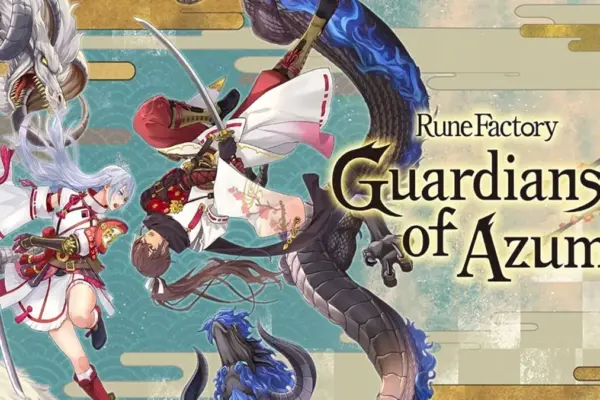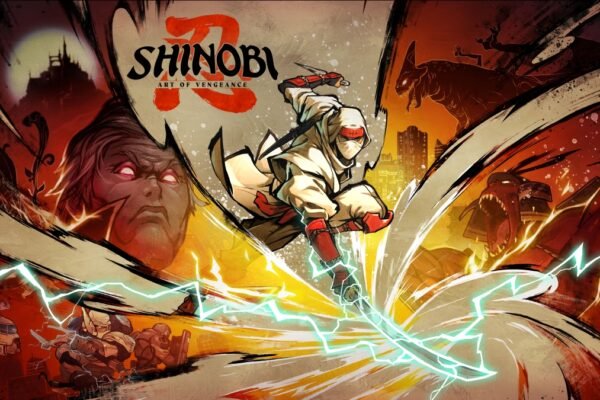This review follows Output Lag’s comprehensive review methodology.
About Wild Hearts S
- Developer
- Omega Force, Koei Tecmo
- Publisher
- Koei Tecmo
- Release Date
- July 25, 2025
- Platforms
If you’re like me, you’ve just got your shiny new Switch 2 and you’re itching for something to hunt. I didn’t have the opportunity to play the original Wild Hearts release back in 2023, but it was always on my radar. So with a specially crafted Switch/Switch 2 version with the release of Wild Hearts S, I eagerly jumped at the opportunity for some handheld monster hunting. And for the most part it scratches that itch – though the S version does come with some caveats worth discussing.
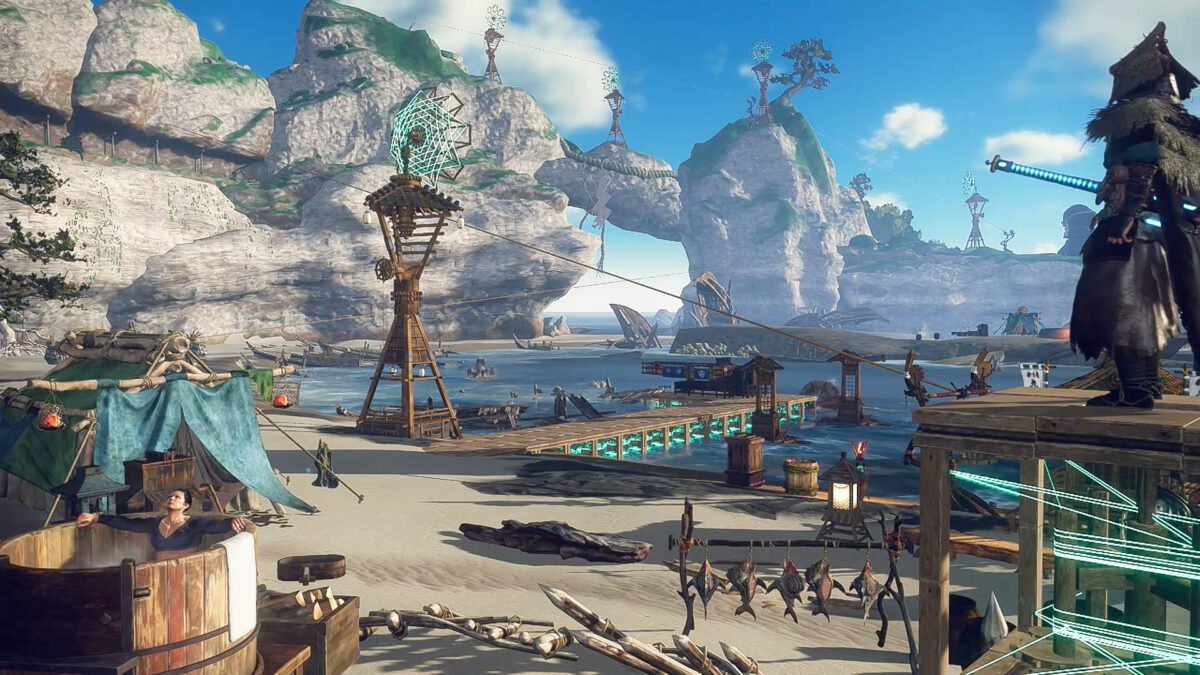
Let the Hunt Begin
First off, in case you’re unfamiliar, Wild Hearts S isn’t a brand new game. It’s essentially the 2023 release that originally launched on other platforms, now rebuilt for the Switch 2 with some notable improvements. Wild Hearts S takes place in Azuma, a fantasy version of feudal Japan where nature itself has gone completely haywire. You’re a hunter who arrives in this land to find massive beasts called Kemono terrorizing what’s left of civilization. These aren’t your typical monsters either. Instead, they’re infused with the raw power of nature, from raging boars with trunk-like tusks to creatures that embody the very essence of storms and seasons.
What makes Wild Hearts stand apart from Monster Hunter (yes, we’re going to make that comparison a lot) is the Karakuri system. Think of it as instant construction mid-battle. You’re fighting a charging beast? Throw up a bulwark wall. Need to reach a weak spot? Build a spring pad and launch yourself skyward. It’s this blend of hunting and building that gives Wild Hearts its own identity. In a way it reminds me of a more simplistic Fortnite build mode in the middle of taking down massive beasts.
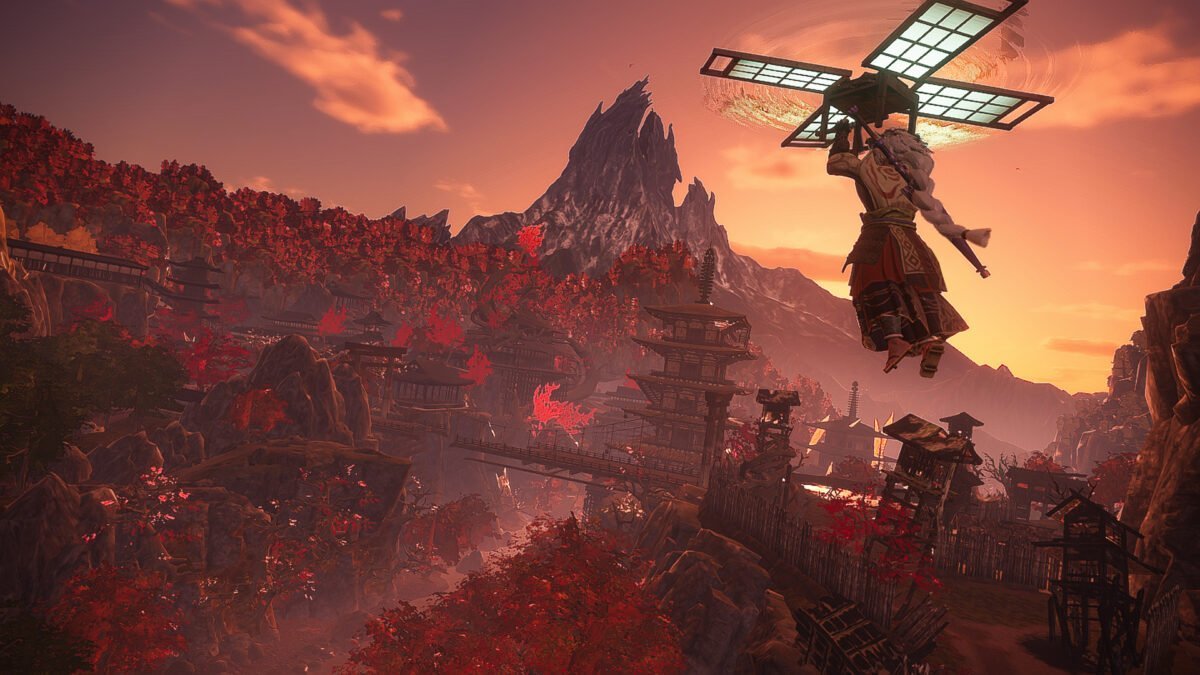
What’s Different in the Wild Hearts S version?
The biggest change for Switch 2 from a feature standpoint is the jump from three-player to four-player co-op. This might sound minor on paper, but it is a pretty substantial transformation for the multiplayer experience. Having that fourth player means one person can focus on support structures while others go full offense, or you can split into pairs for more tactical approaches. The game feels like it was always meant for four players, though since I never got to play with three, I might have rose-tinted glasses. But the battles flow nicely with four players, and the chaos feels more manageable when you’ve got a full squad.
All the post-launch content from the original release is here from day one. Those extra Kemono that were added post-launch? They’re in the S version. The balance patches that made weapons feel better? Already applied at launch. The additional modes? Present and accounted for. You’re getting what amounts to the complete edition right out of the gate, which softens the blow of the $50 price tag compared to the $20 you’d pay for the original on other platforms.
Even though I didn’t get to mess with it, local co-op is another welcome addition. Being able to hunt together on the same couch (well, four Switch 2s in the same room) is sure to bring back those classic Monster Hunter gathering vibes. No EA account needed this time either as Koei Tecmo is handling everything themselves, which streamlines the whole process.
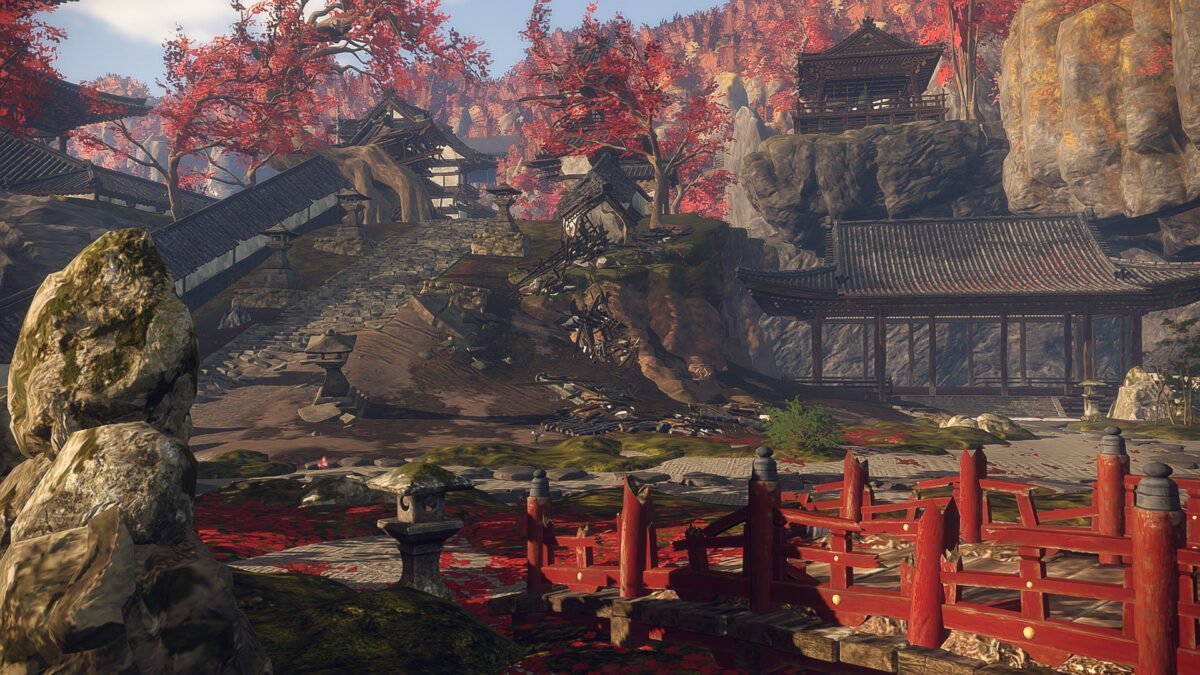
The Dance of Combat
Combat in Wild Hearts S feels distinct from its obvious inspiration. Where Monster Hunter often feels methodical and weighty, Wild Hearts borrows from Omega Force’s Dynasty Warriors DNA to create something faster and more combo-focused. The weapons here are wild too as you’ve got your standard katana and bow, sure, but then there’s the Bladed Wagasa, which is literally a weaponized umbrella. Then there is the Clawblade lets you grapple onto monsters and go to town on them. Each weapon type genuinely feels unique rather than variations on a theme.
The Karakuri system really shines during hunts. Basic structures like crates and torches can be combined into more complex contraptions. Stack some crates together and suddenly you’ve got a wall. Combine that with other elements and you’re creating elaborate traps or defensive positions. During one memorable fight against a Kingtusk (that massive boar I mentioned), I watched my team miraculously coordinate as two players built a maze of walls to funnel the beast while another set up a massive hammer trap at the end. When it all came together, it felt like we’d outsmarted nature itself in a way that wasn’t required, but made the journey that much more special.
Building these structures in the heat of battle takes practice though. Early on, you’ll fumble with the controls while a giant beast bears down on you. Wild Hearts S expects you to be thinking several moves ahead, planning where to place your constructions for maximum effect. Solo players might find this overwhelming at times since you’re juggling offense, defense, and construction all at once.
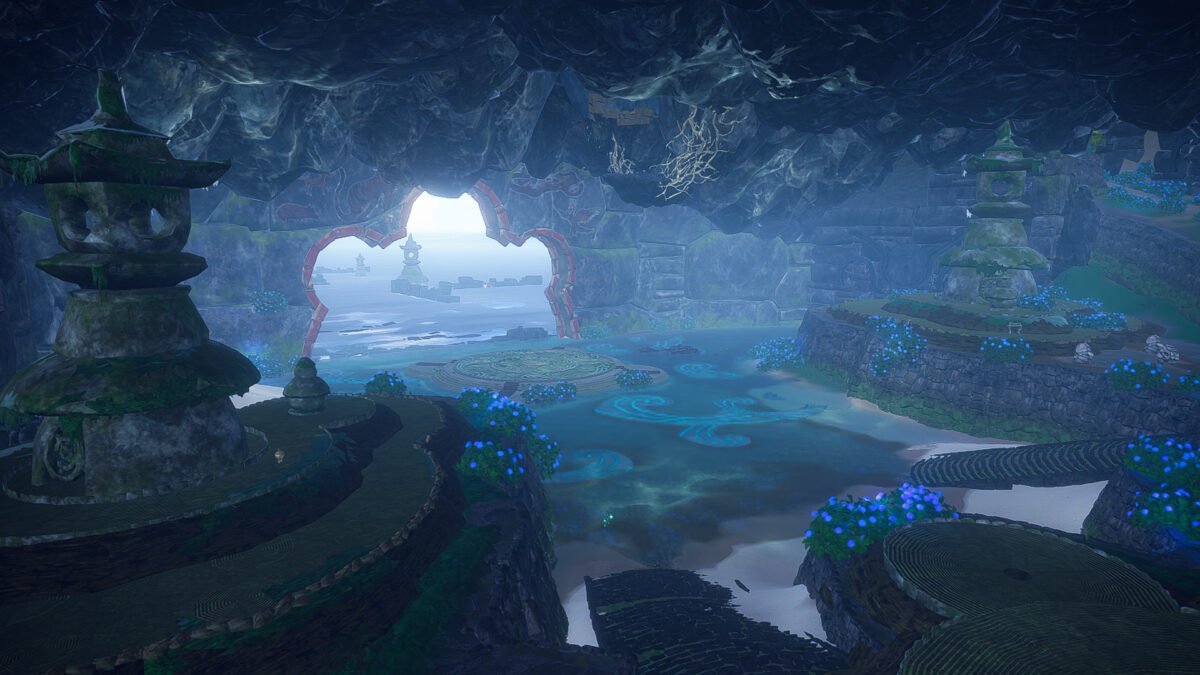
The Handheld Compromise
Here’s where things get a little complicated. Wild Hearts S looks good, but it admittedly doesn’t look as good as the original release on PC/PS5/Xbox X|S. But that’s just the reality of the situation. Textures are slightly muddier, especially in the environments. Some of the atmospheric lighting has been brightened up, probably for performance reasons.
The frame rate situation is… interesting. In handheld mode, you’re looking at a mostly stable 30fps with occasional dips during intense moments. Docked mode targets 60fps and hits it more often than not when you’re playing solo. Add three other players online though, and things get quite a bit choppier. Wild Hearts S uses aggressive TAA upscaling when docked, which results in some ghosting and a sharpening filter that can be distracting. During one story segment where the village is drenched in rain, the image quality took a serious hit and I thought at one point my system was going to full on crash. (It didn’t.)
But when it comes to handheld, here’s an important fact: the original Wild Hearts straight up doesn’t work on Steam Deck. The fact that it runs at all on Switch 2, let alone at playable frame rates, feels like a bit of a miracle considering how notoriously poor the PC port was. So while the Switch 2 version has compromises, it’s actually one of the more stable ways to play Wild Hearts, and a very playable version for handheld.
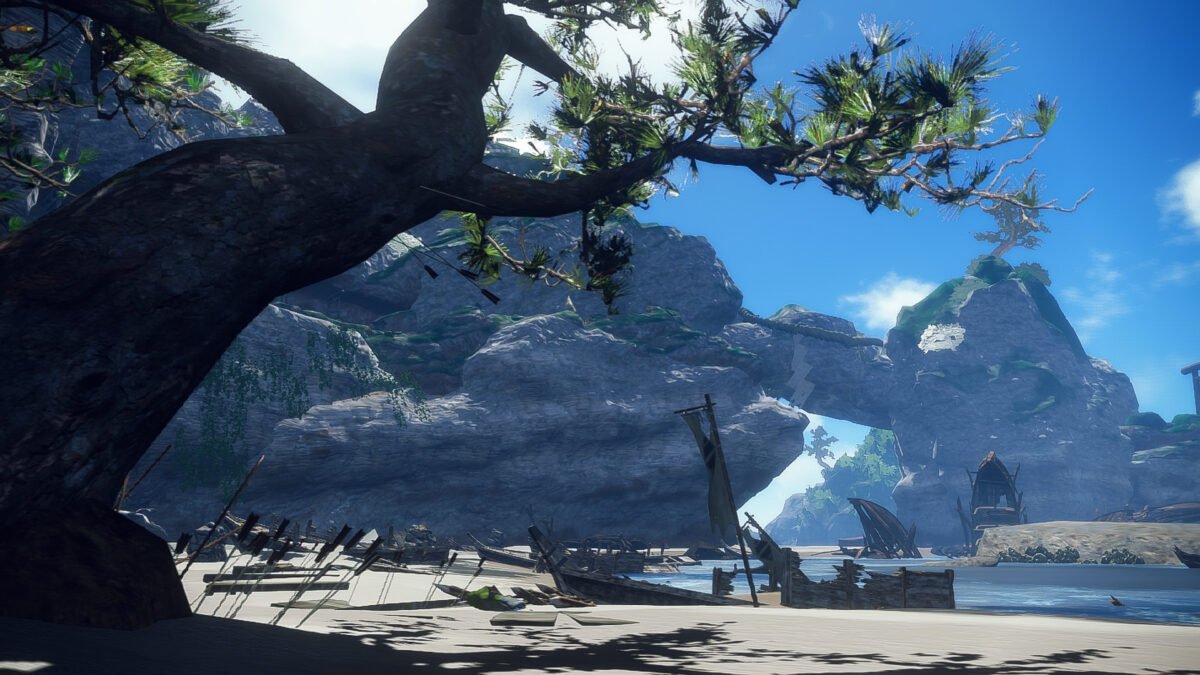
A Strong Multiplayer
Here is my biggest concern with Wild Hearts S: the online community feels precarious even just weeks after launch. Finding players for early hunts is easy enough, especially during peak hours. But as you progress deeper into the hunt, the player pool noticeably shrinks.
The lack of cross-play really hurts here. The original Wild Hearts has cross-play between PlayStation, Xbox, and PC, maintaining a small but dedicated community. Wild Hearts S players are isolated on just the Switch 2, and I genuinely worry about the long-term health of the multiplayer. In six months, will you still find hunting partners? That’s a real question worth considering, especially since the Wild Hearts S really is at its best with a full party of four.
That being said, if you’ve got three friends ready to commit to the journey, this becomes a non-issue. Like I said earlier, the game supports local play too, so LAN parties are totally viable. But if you’re planning to rely on random matchmaking for the long haul, you might want to temper your expectations.
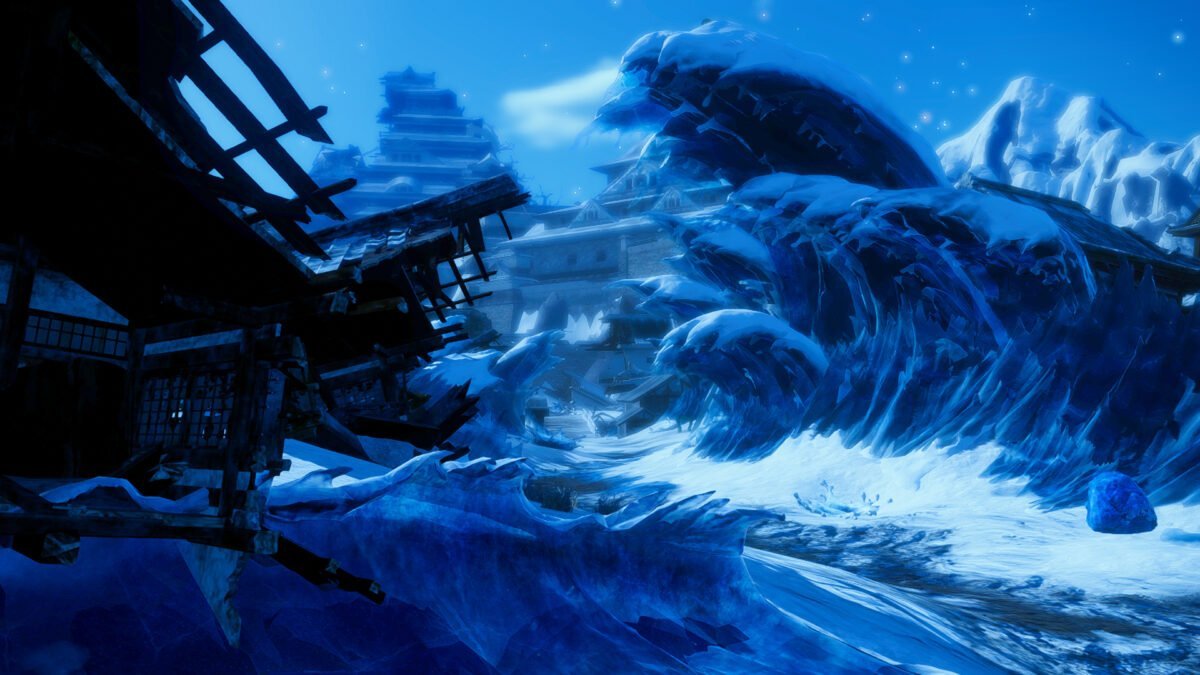
The Monster Hunter Comparison
When it comes down to it, Wild Hearts S succeeds the most when it’s being itself rather than chasing Monster Hunter. The story, while basic, actually provides more context and motivation than you typically get in this genre. Cutscenes are brief but effective, giving you just enough reason to care about protecting Minato village and its inhabitants.
The Kemono designs are fantastic. Each beast feels like a corruption of nature; beautiful and terrifying in equal measure. The way they transition into rage states, with crystalline growths erupting from their bodies, creates these dynamic phases to each fight. You’ll need to climb onto thrashing beasts to break these crystals, adding a Shadow of the Colossus element to the hunting formula.
The crafting loop hits all the right notes too. That satisfaction of finally taking down a tough Kemono and using its materials to forge a new weapon that’ll help you tackle the next challenge: it’s all here. The game respects your time more than some competitors, with hunts rarely dragging past the 20-30 minute mark even for the tougher battles.

A Wild Hunt
Wild Hearts S is a good game stuck in a complicated situation. At its core, this is one of the better Monster Hunter alternatives out there, with the Karakuri system adding genuine innovation to the formula. The jump to four-player co-op feels right, and having all the post-launch content included makes this technically the definitive version of Wild Hearts.
If you missed Wild Hearts the first time like me and you’re hungry for a hunting game on your new Switch 2, this is well worth your time. The core gameplay loop is addictive, the monsters are memorable, and when everything clicks with a good team, it’s genuinely thrilling. Just go in with realistic expectations about the visuals and maybe convince some friends to join you for the long haul.
Wild Hearts S fills a very specific niche right now: it’s the premium monster hunting experience on Switch 2. Whether that’s enough to sustain it long-term remains to be seen. But for now, if you’re looking to hunt some fantastic beasts on Nintendo’s newest hardware, Wild Hearts S delivers the goods, rough edges and all.
This review is based on a retail build of the game provided by the publisher.
